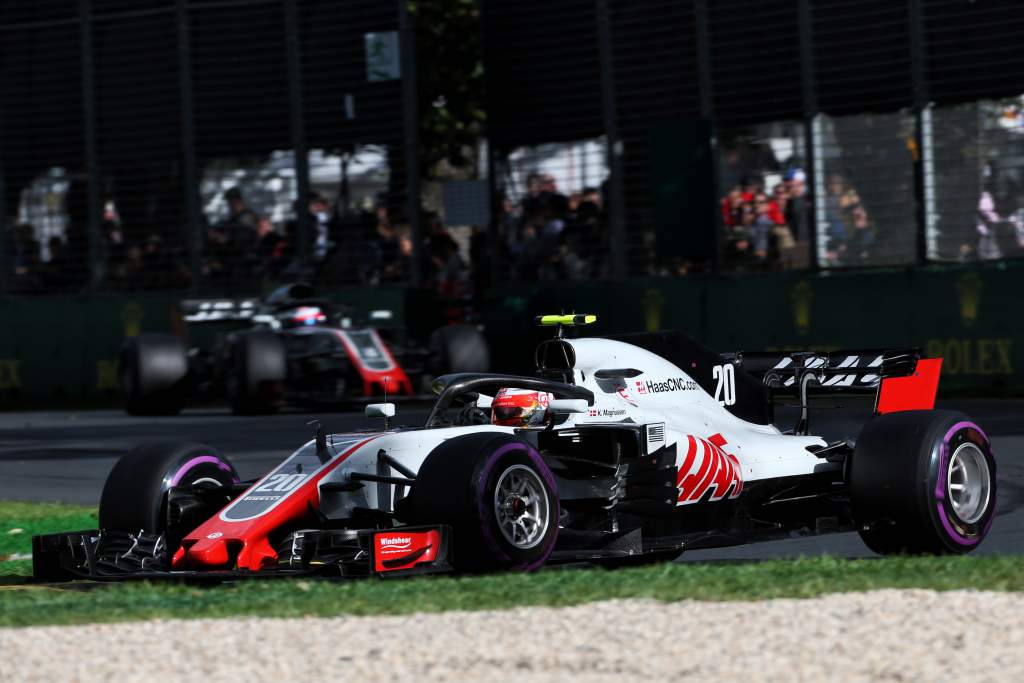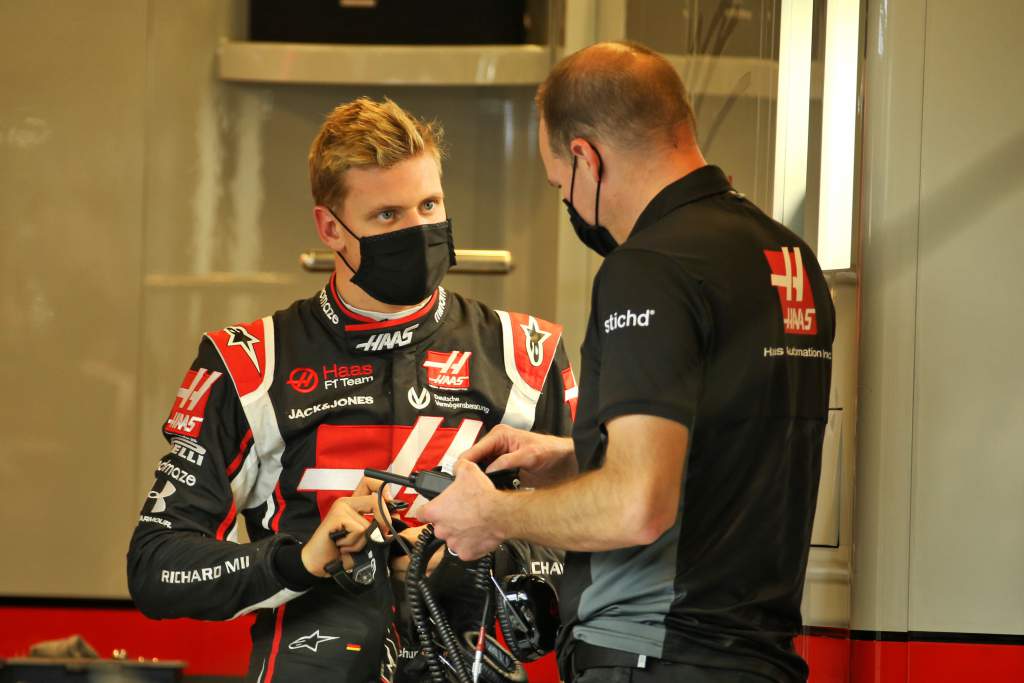Up Next

Probably the least 2021-ambitious of all the teams, Haas is essentially adopting a holding pattern this year to place better foundations for the technically simplified F1 of 2022 and beyond.
Team principal Guenther Steiner has already stated that for the second successive year Haas will not be developing its car after it is launched and so what the rookies Mick Schumacher and Nikita Mazepin begin with in Bahrain at the end of this month will be what they will have in Abu Dhabi in December.

Last year’s VF-20 was potentially a much better car than was apparent, as it didn’t even receive its planned Race 1 upgrade. It was raced as an unfinished project, still in winter testing spec.
Its aero chief Ben Agathangelou reckoned the car’s concept was only ‘60-70% completed’ and frozen into that spec by the financial plight of the team in the pandemic circumstances.
In this form it raced on more or less equal terms with Alfa-Romeo and Williams at the back of the field.
There is probably little prospect of rising above that part of the grid this year, especially with a double-rookie driver line-up that will inevitably take time to find its feet. But there are two crucial factors that will likely determine whether Haas can at least compete there rather than racing only with itself.
The first of these is how effectively the aero team can adapt the car to the revised floor regulations – and there is no reason to assume they won’t do a good job.

The team’s aero department, using Ferrari’s windtunnel, has always punched above its weight. It was as recently as 2018 (pictured above) that Haas had what was probably the fastest car outside the top three teams.
But the knowledge that wasn’t gained last year by shutting down the development programme will inevitably have a run-on effect into this car.
The second positive factor is what is likely to be a substantial power unit upgrade from supplier Ferrari. This benefit will also apply to Alfa Romeo of course but if Ferrari has made more engine gains over the winter than Mercedes – feasible, given its much lower starting point – then it will at least help Haas relative to Williams.

In his junior career to date Schumacher has not usually shone until his second year in a new formula and in that sense it’s probably good that not a great deal is expected of the team; the spotlight that comes with being a Schumacher may be a little less intense.
Mazepin has brought a critical spotlight upon himself for very different reasons, by his off-track actions late last year. Having his every move and every word scrutinised sure won’t be making his F1 baptism any easier.




